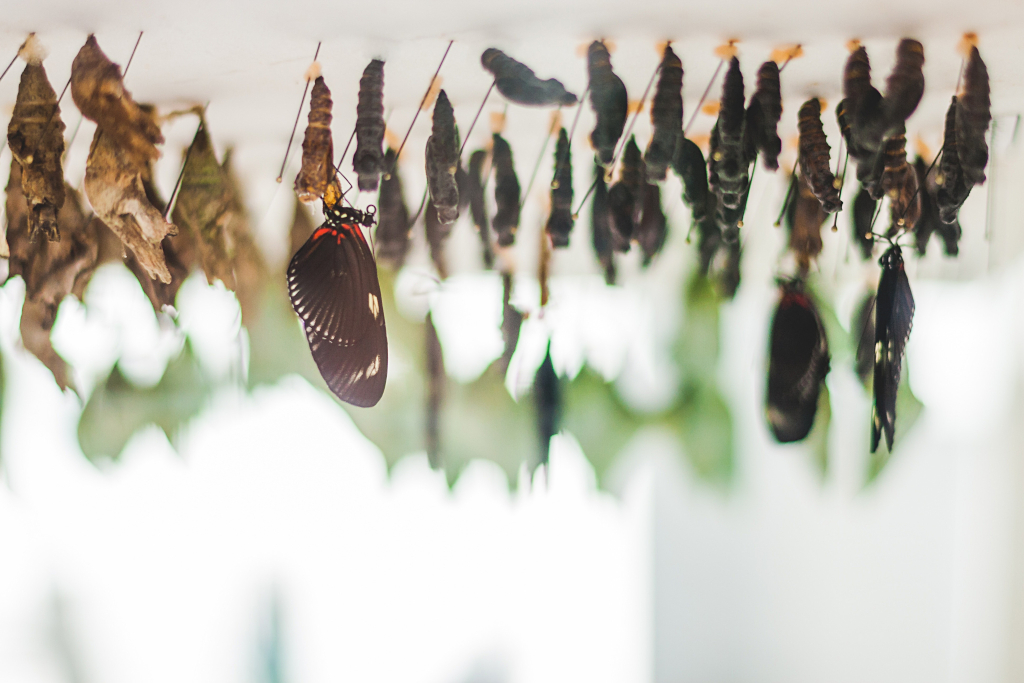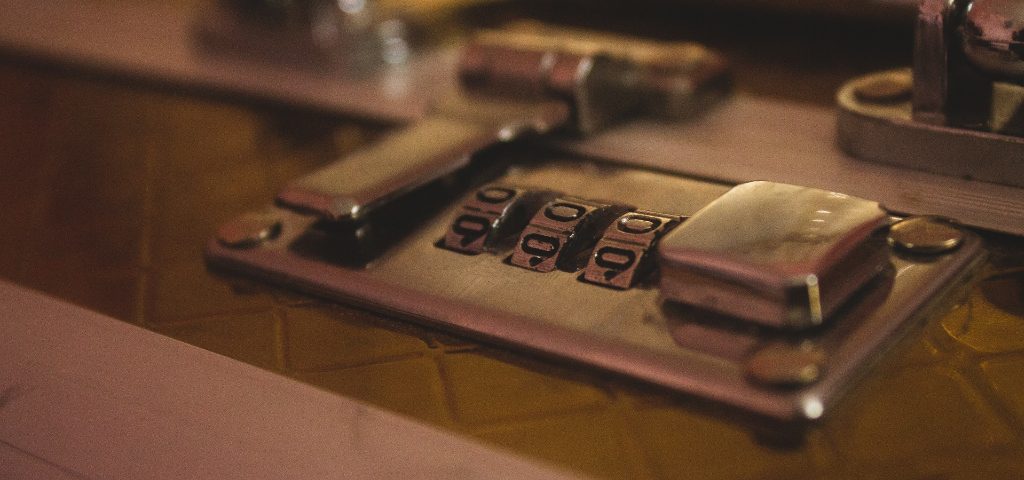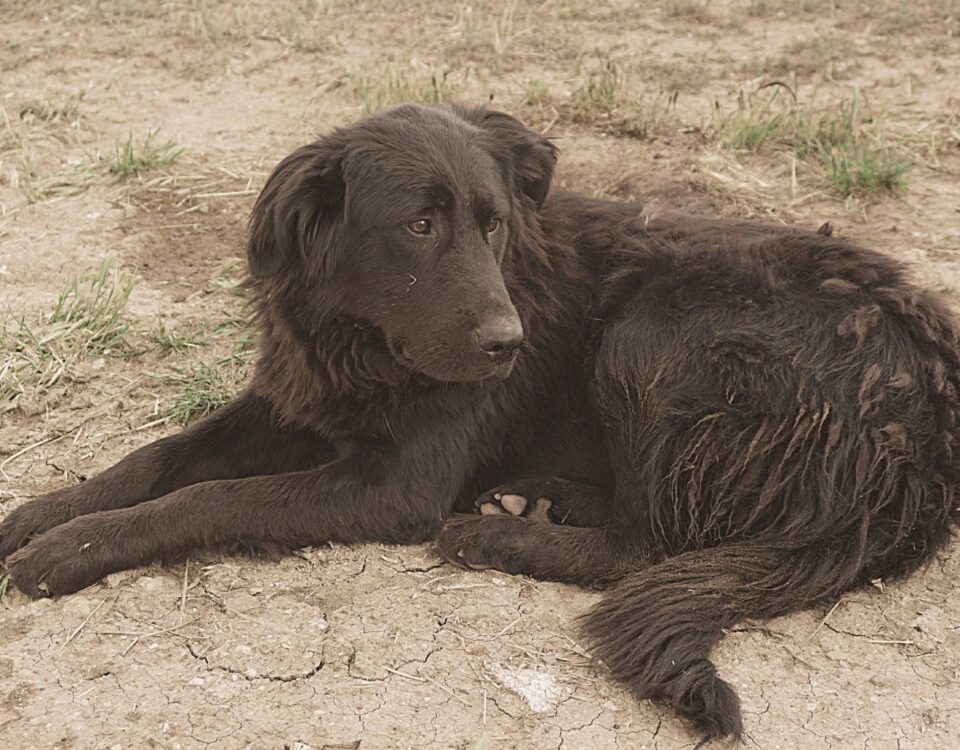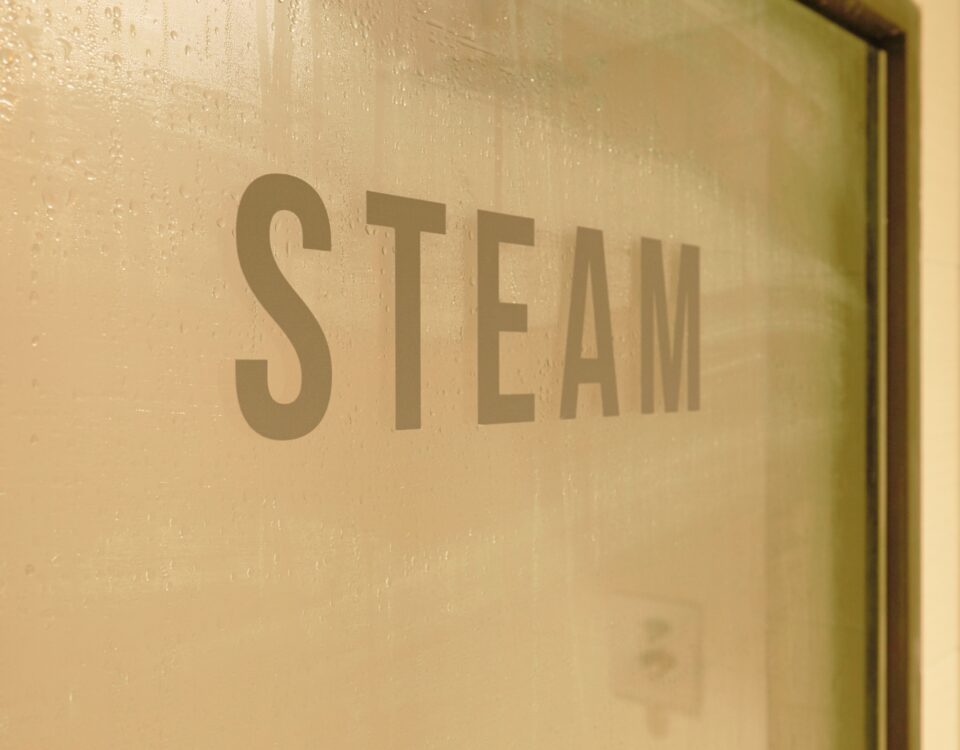
Steps of Change
March 9, 2021
Cocoon
May 5, 2021There I was. One of the class regulars standing chest deep in the brisk water as our swimming fitness instructor put us through our paces. A small group of us with ages ranging from 42 to 92 years old gather throughout the week at 7:00 am. As a group we have grown close and we know that the class meets unless the public schools close. That’s the signal that the roads are too bad to travel, so class is cancelled.
On this morning, someone new joined us. We all smiled and introduced ourselves and as the exercise began it was obvious that she knew her way around a swimming exercise class. She slid easily into the basic routine but then came the “Kate Kick.”
The “Kate Kick” is named for a previous instructor that loved that particular exercise.
The regulars automatically began the familiar kicking pattern. However, all the action is under water, so it’s not obvious what we’re doing unless you already know. Out of the corner of my eye I saw our new person trying to figure out what we were doing. She didn’t know what the “Kate Kick” was. She didn’t know the secret code.
From a socially safe distance I directed her on the Kate Kick pattern. It consists of a front to back straight leg kick, and then a side kick, then pattern repeats. Immediately she caught on and the class proceeded.
A few exercises later the instructor called for the “BC Circle.” The new person looked at me and I told her that it was moving your leg in a big circle in one direction and then reverse.
The “BC circle” is named for our 92-year-old participant. That’s his favorite exercise.
As we left the pool it struck me that what just happened in class occurs consistently in daily life. We assume that others know what we’re talking about and that defines the way we do things. We say hello, judge the person to be like us and then proceed with the language we are comfortable with. We assume they know what we know and see the world the way we do. If they don’t, then we assume there’s a problem with them, not a problem in communication.
I once attended a meeting about enriching Sunday School practices in rural churches. The presenter needed a few volunteers to help with a demonstration. I was feeling brave and volunteered. He asked us to come to the front and just say hello and greet each other. That wasn’t hard at all.
We waited for instructions for the demonstration to begin when he said, “That feels pretty good, doesn’t it? You know each other and it’s good to be together today. But if you aren’t a member of this group, what do you see?”
Surprised, we looked around and realized that while we were smiling and saying hello to each other, we naturally formed a circle. Our faces were turned toward each other so we formed a closed group. What the rest of the world saw was only our backs.
We were part of a friendly group, but we didn’t realize that our familiarity and our comfort with each other was creating a barrier to those outside the group.
How much exclusion comes without thinking? Our words, our body language, or our intentions can say a lot about us without our knowing. Without even realizing it we are conveying a message.
So you might consider this. What is your secret code? Do you have your own version of the “Kate Kick” and the “BC Circle?”
What are your assumptions and how might they shape how you communicate with others?




